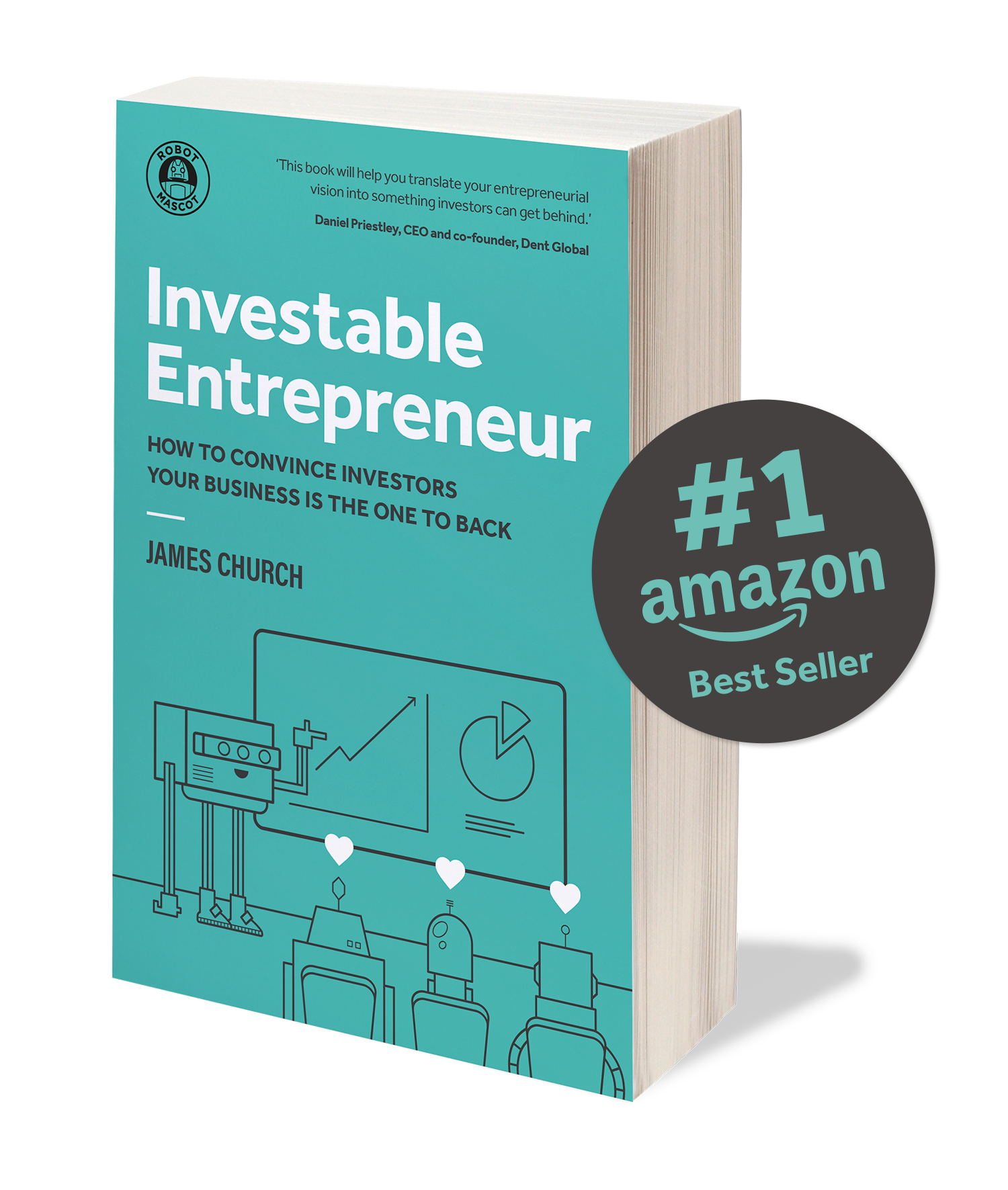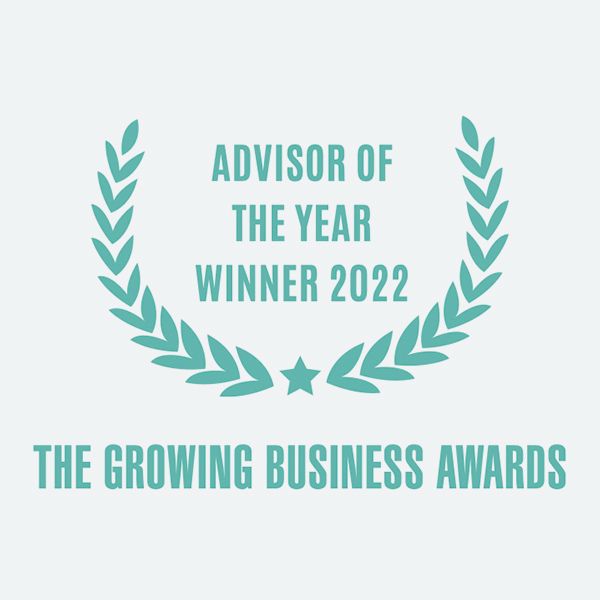

How To Sell Your Business Idea: A Step-by-Step Guide
18h July 2024
Effectively selling a business idea is essential for any startup or growing business. The ability to communicate your vision clearly and compellingly can be the difference between securing the funding needed to take your business to the next level and facing rejection. Investors hear countless pitches, and standing out requires more than just a good idea; it demands a well-prepared, persuasive presentation that highlights the unique value and potential of your business.
First: what does it mean to ‘sell an idea’?
Selling an idea means effectively communicating the potential and value of your business concept to persuade investors to support your venture. It involves more than just presenting facts; it requires crafting a compelling narrative that highlights the unique aspects of your business, demonstrating market demand, and building investor confidence in your team’s ability to execute the plan.
This guide breaks down the concept into 16 actionable steps, providing a structured approach for founders to tailor their pitches to their specific sector and individual business needs. By following these steps, founders can develop a comprehensive strategy to engage investors, address their concerns, and ultimately secure the necessary funding to grow their business.
READ: 10 Ways To Launch Your Concept And Raise Money For Your Business
1. Understanding your audience
Understanding your audience is vital because it allows you to tailor your pitch to their specific interests and needs. Identify who your potential investors are by researching their investment history, interests, and the types of businesses they typically invest in. This information helps you highlight aspects of your business that align with their investment goals. For instance, if investors focus on tech startups, emphasise your innovative technology and market potential.
Start by mapping out target investors, researching their backgrounds, and customising your pitch to resonate with their investment criteria.
READ: Why You Should Grow Your Audience Before Raising Investment (And How To Do It)
2. Craft a compelling elevator pitch
An elevator pitch is a concise summary of your business idea, typically lasting 30-60 seconds, and is often your first opportunity to make an impression. To create an impactful pitch, clearly state what your business does, the problem it solves, and its unique value proposition.
Practice delivering your pitch until it’s smooth and confident. Focus on clarity and brevity to refine your elevator pitch, then practise repeatedly, incorporating feedback from peers and mentors to ensure it’s compelling and effective.
READ: Exploring The Mind Of A Founder: Why Investors Want To Understand Your Strategic Thinking
3. Develop a solid business plan
A well-structured business plan is essential as it provides a roadmap for your business and demonstrates to investors that you have a clear strategy. Key components include an executive summary, market analysis, business model, marketing strategy, and financial projections.
Use tools like business plan templates and software to streamline the process. Also, prioritise thorough research and detailed financial forecasting in your business plans, ensuring they are comprehensive and convincing to potential investors.
DOWNLOAD our Free Business Plan Template
4. Build a strong value proposition
A value proposition explains the unique value your business offers to customers and why it’s better than the competition. To articulate the core benefit, identify your target customer, their needs, and how your product or service uniquely meets those needs.
READ: Startup Value Proposition: How To Write One In Five Simple Steps
5. Create a persuasive pitch deck
A visual and engaging pitch deck is vital for capturing investor interest and conveying your business’s potential. Essential slides include the problem, solution, market opportunity, business model, traction, team, financials, and your ask.
Here are some essential components and tips for creating an effective pitch deck:
- Problem statement
- Solution
- Market opportunity
- Business model
- Competitive analysis
- Marketing and sales strategy
- Introduce your core team members and their relevant experience.
- Financial projections
- Present your financial forecasts for the next five years.
- Include key financial statements like revenue, EBITDA, cash requirements and margins.
- Provide realistic and data-backed projections to instil confidence.
- The ask: Clearly state how much funding you are seeking.
Use design tools to create a visually appealing deck that tells a coherent story. Focus on clarity and visual appeal, using concise text and impactful graphics to communicate your key points effectively. Also, ensure that each slide reinforces your overall narrative.
Here at Robot Mascot, we create compelling investor pitches so that you can convince investors that your business is the one to back. Find out more about our PitchReady service.
6. Demonstrate market validation
Market validation shows that there is a demand for your product or service, which is essential for gaining investor confidence. Methods include surveys, MVPs (Minimum Viable Products), and pilot programs.
Present your validation data clearly, showcasing customer feedback, pre-orders, or early sales. Conduct thorough market research and pilot your products with target customers, gathering data that you can present to investors to demonstrate real market demand and minimise perceived risk.
7. Networking and building relationships
Networking is essential in the startup ecosystem as it helps you build connections and gain support from potential investors. Attend industry events, join meetups, and leverage online platforms to meet investors. Building genuine relationships involves regular communication and providing value without immediate expectations.
Actively participate in industry events and use platforms like LinkedIn to connect with investors, fostering relationships through meaningful interactions and consistent engagement.
8. Highlight your team
Investors often invest in teams as much as in ideas. Highlighting your team’s strengths and expertise is essential. Showcase each member’s relevant experience and achievements. Effective team slides include professional bios and photos, emphasising each person’s role and contributions.
Create detailed team slides that illustrate the diverse skills and experiences of your team members, ensuring investors see your team’s capability to execute the business plan successfully.
READ: What’s More Important To Investors: The Idea Or The Team?
9. Address risks and challenges
Acknowledging potential risks and challenges shows investors that you are realistic and prepared. Present your risk mitigation strategies clearly, demonstrating foresight and proactive planning. This builds investor confidence in your ability to navigate obstacles.
Conduct thorough risk assessments and develop contingency plans, presenting these in a straightforward manner to show that you have considered various scenarios and are prepared to address them.
10. Showcase traction and milestones
Traction proves that your business is gaining momentum and achieving milestones, which is key for investor confidence.
- Present key metrics, customer testimonials, and case studies that highlight your progress.
- Carefully track and document your milestones.
- Present this data to investors to showcase your growth and potential, reinforcing your business’s viability and scalability.
11. Understanding and conveying financial projections
Financial projections are critical as they give investors insight into your business’s future performance. Include key financial statements like income statements, cash flow statements, and balance sheets.
Make realistic forecasts using financial modelling tools and conduct thorough market analysis to create accurate projections, presenting them clearly to demonstrate your business’s financial health and growth potential.
READ: How To Prepare Financial Projections For Potential Investors
12. Create a strong closing argument
A powerful closing argument is essential to leave a lasting impression.
Summarise your key points effectively and craft a memorable call-to-action that reinforces your business’s potential and urgency for investment.
End your pitches with a compelling summary and a clear call-to-action, encouraging investors to engage with you further and consider your investment opportunity seriously.
13. Prepare for investor questions

Being prepared for investor questions is vital as it demonstrates your knowledge and confidence. Know your numbers and business details inside out.
Practice answering common questions to stay calm and composed. Conduct mock Q&A sessions, prepare comprehensive answers to potential questions, and ensure you can respond confidently and accurately during investor meetings.
14. Leverage social proof and testimonials
Social proof helps convince investors by showing that others have confidence in your business. Gather and present testimonials, endorsements, and case studies.
Actively seek customer testimonials and any endorsements from industry experts you might be able to get, and present them in your pitch to build credibility and trust with potential investors.
15. Practise your pitch
Rehearsal and feedback are essential for a polished pitch. Practice in front of friends, mentors, or a mirror, and participate in pitch events and competitions for real-world experience. Regularly practise your pitch, incorporating feedback from various sources to refine your delivery and ensure it’s engaging and convincing.
READ: How To Overcome Presentation Anxiety When Pitching
16. Following up effectively
Following up after meetings is important to maintain investor interest and engagement. Create a follow-up plan that includes emails, calls, and updates. Ensure timely and personalised follow-ups with investors, providing additional information and updates on your progress to keep them engaged and interested in your business.
Effectively selling your business idea is a critical skill for any founder looking to secure investment and drive growth. By following the 16 steps outlined in this guide, you can develop a compelling pitch that resonates with investors, addresses their concerns, and showcases the unique potential of your business.
Remember, the key to a successful pitch lies in thorough preparation, clear communication, and genuine enthusiasm for your venture. With dedication and persistence, you can turn your business idea into a reality and build the foundation for long-term success.
UP NEXT:
Get the book
Investable Entrepreneur takes you through our winning methodology – the process we use to increase our client’s chances of raising investment by more than 30x.
“This book will help you translate your entrepreneurial vision into something investors can get behind.”
Daniel Priestley, CEO and founder, Dent Global and four times best-selling business author

Keep up to date with what we’re up to via email






Copyright ©Robot Mascot Ltd. All rights reserved.







